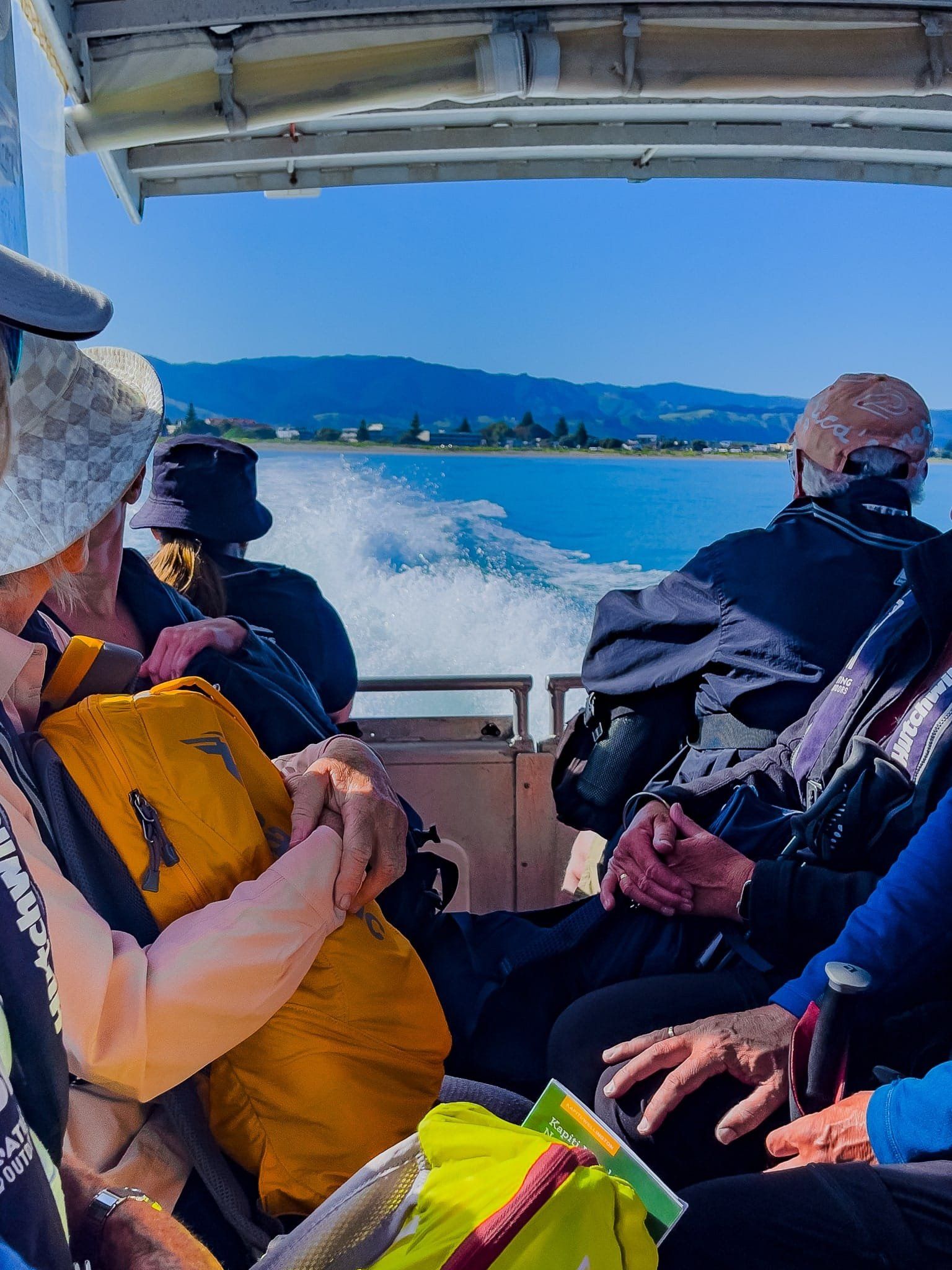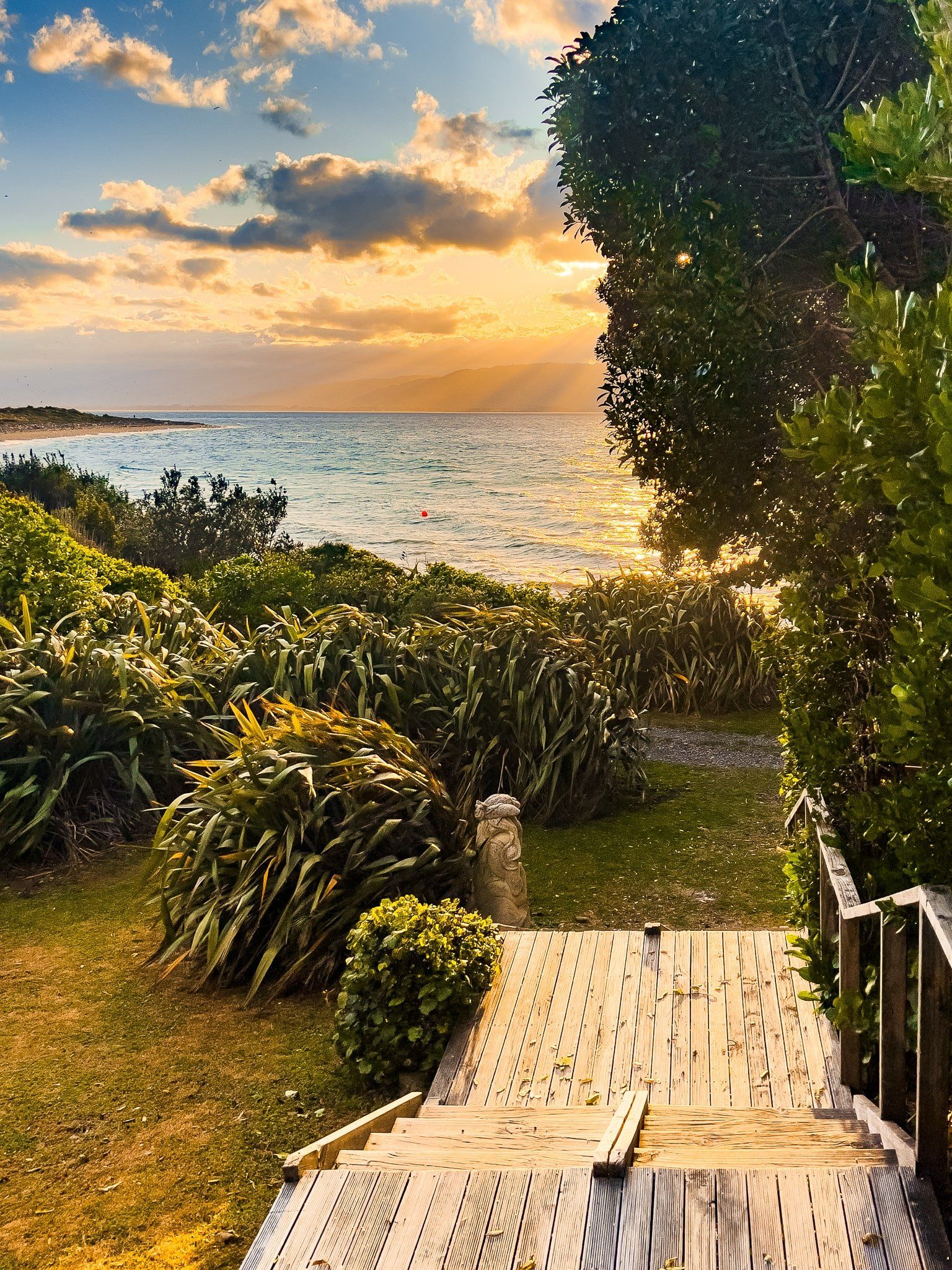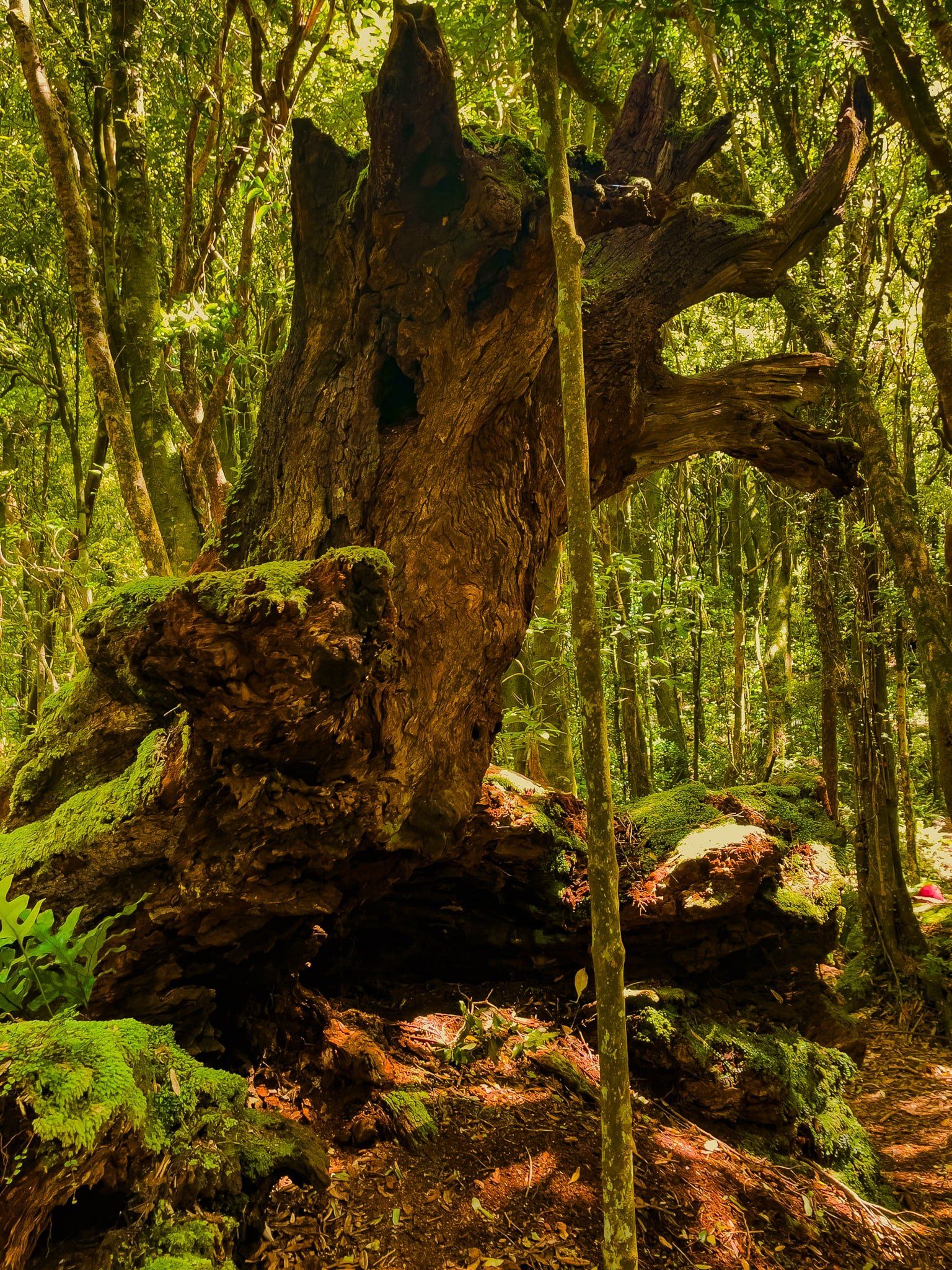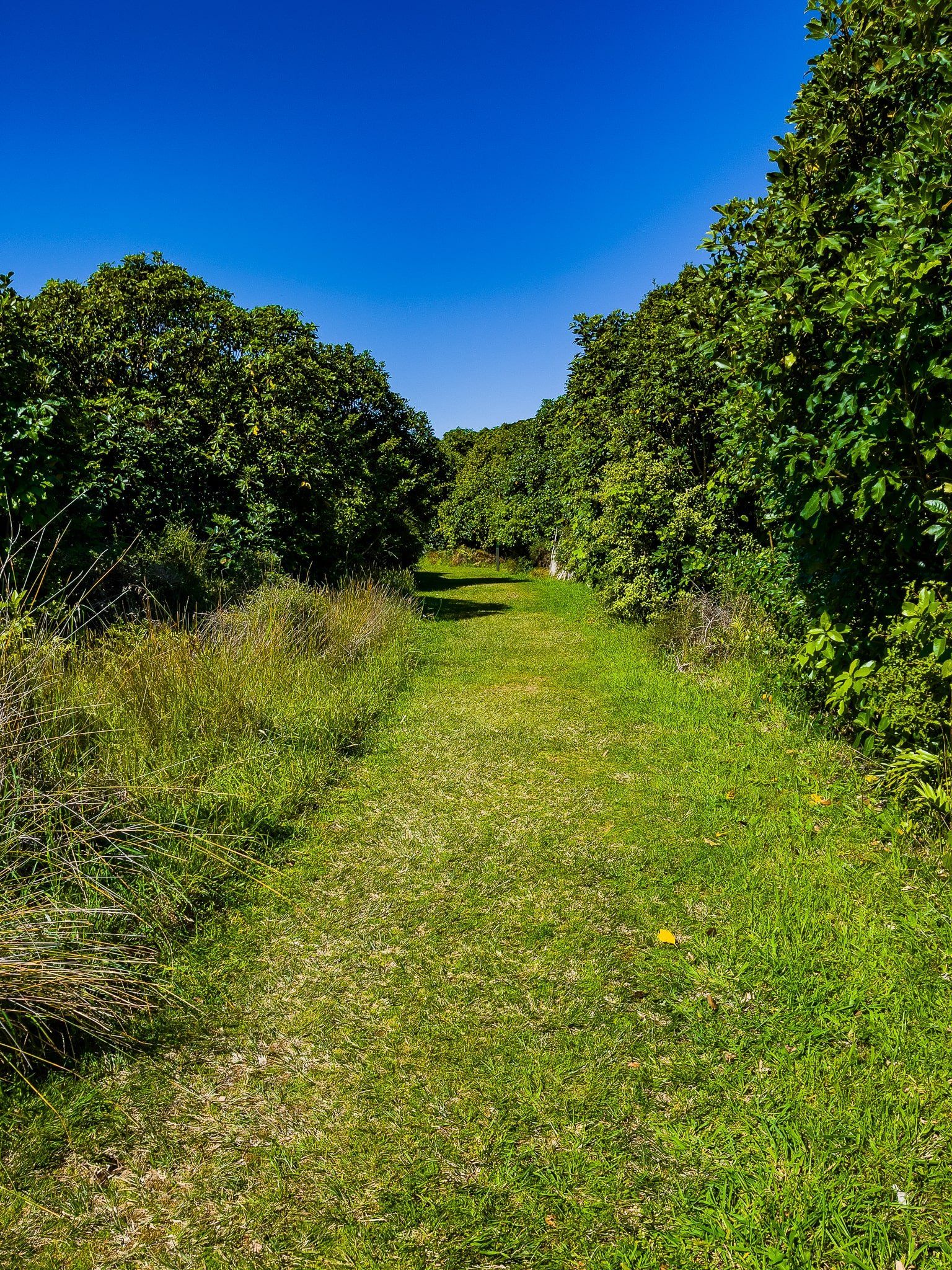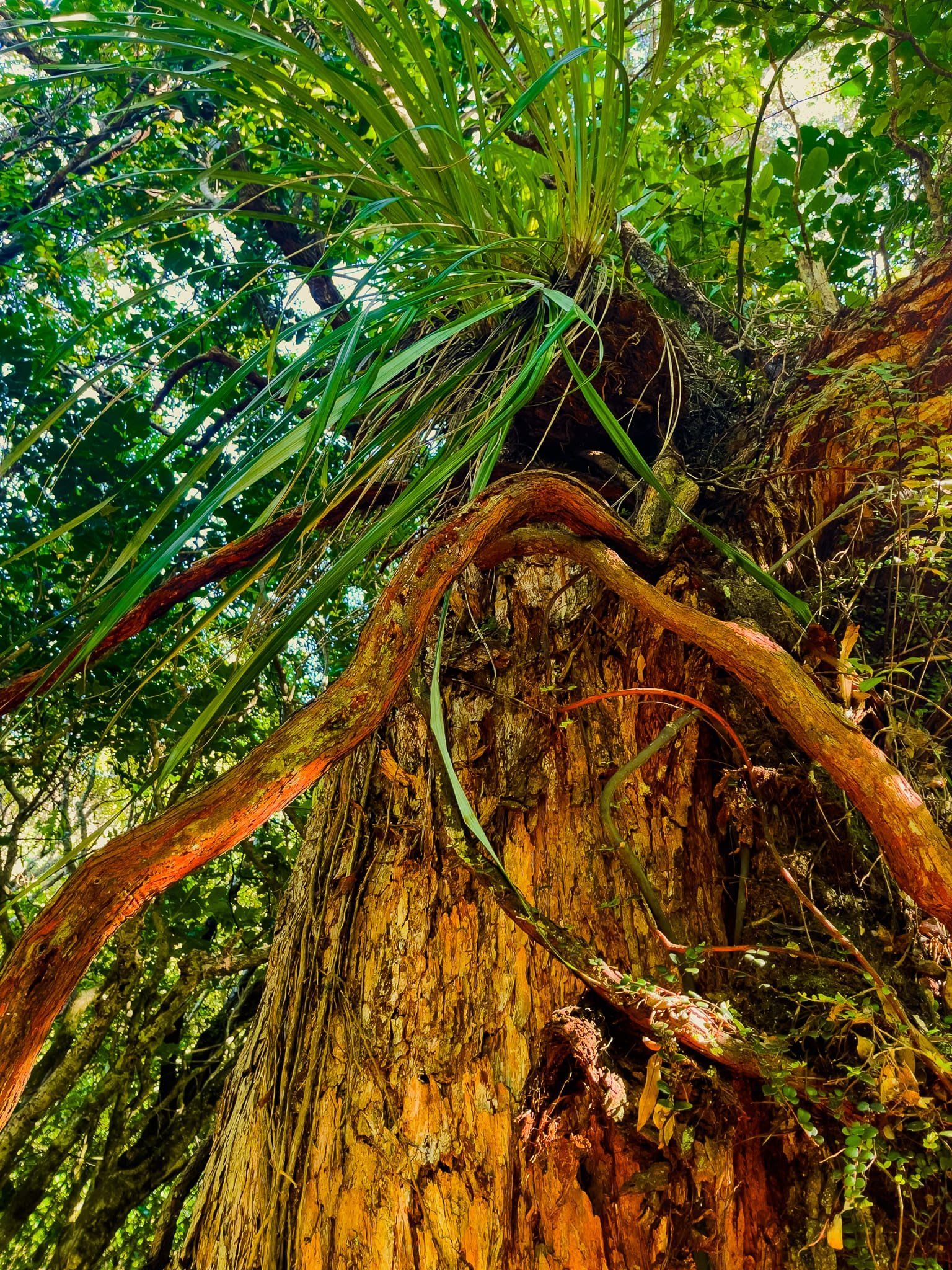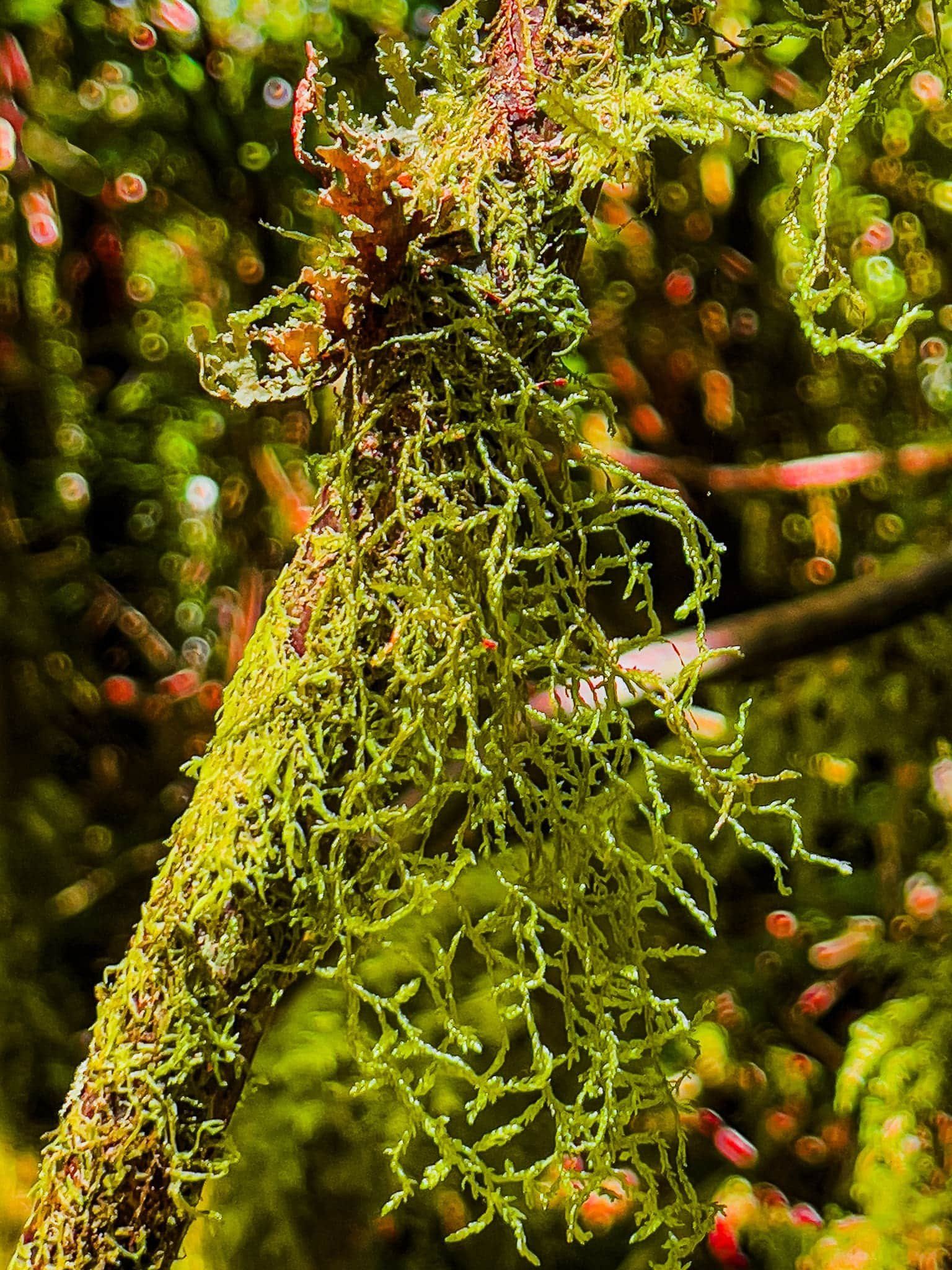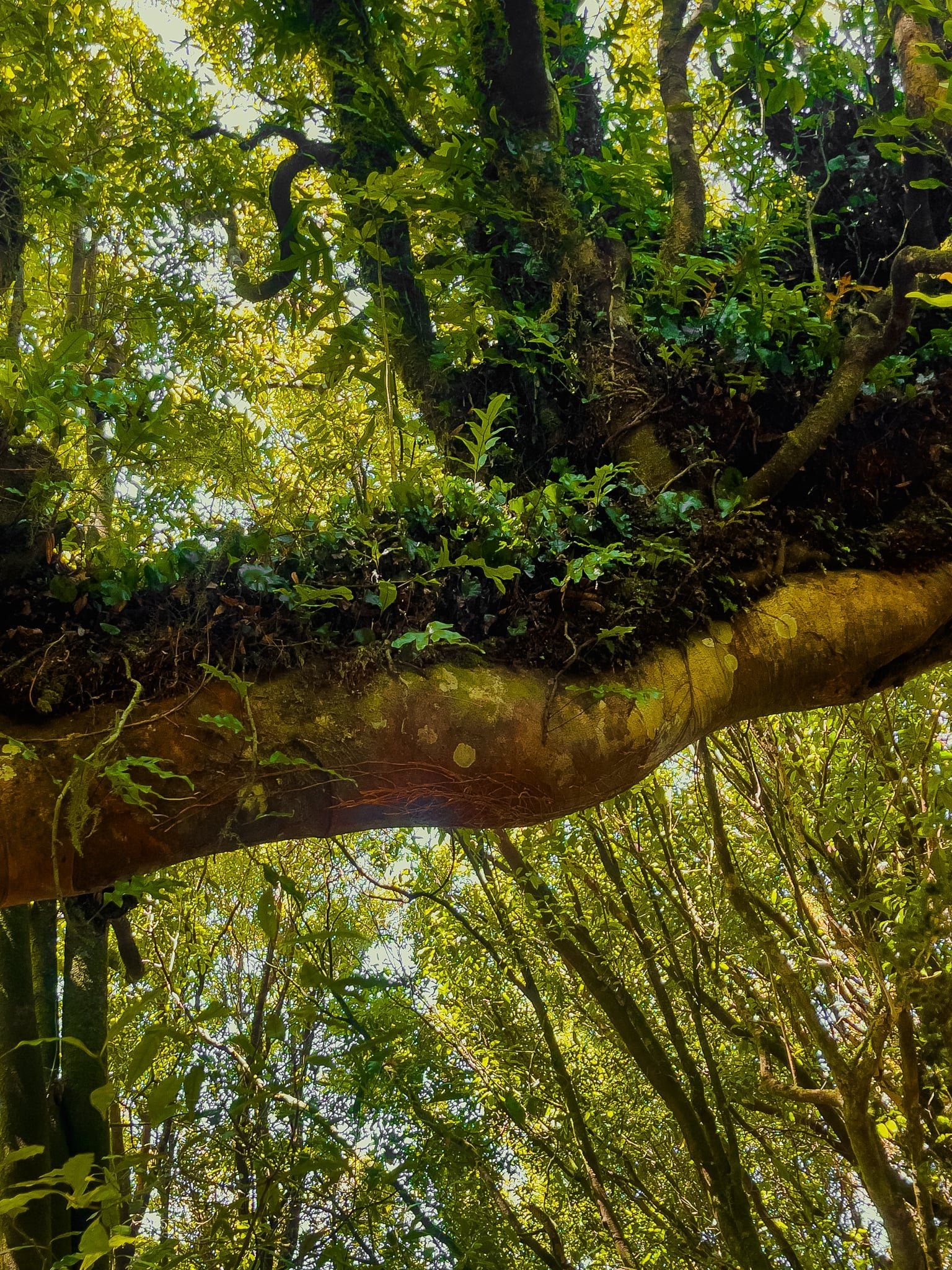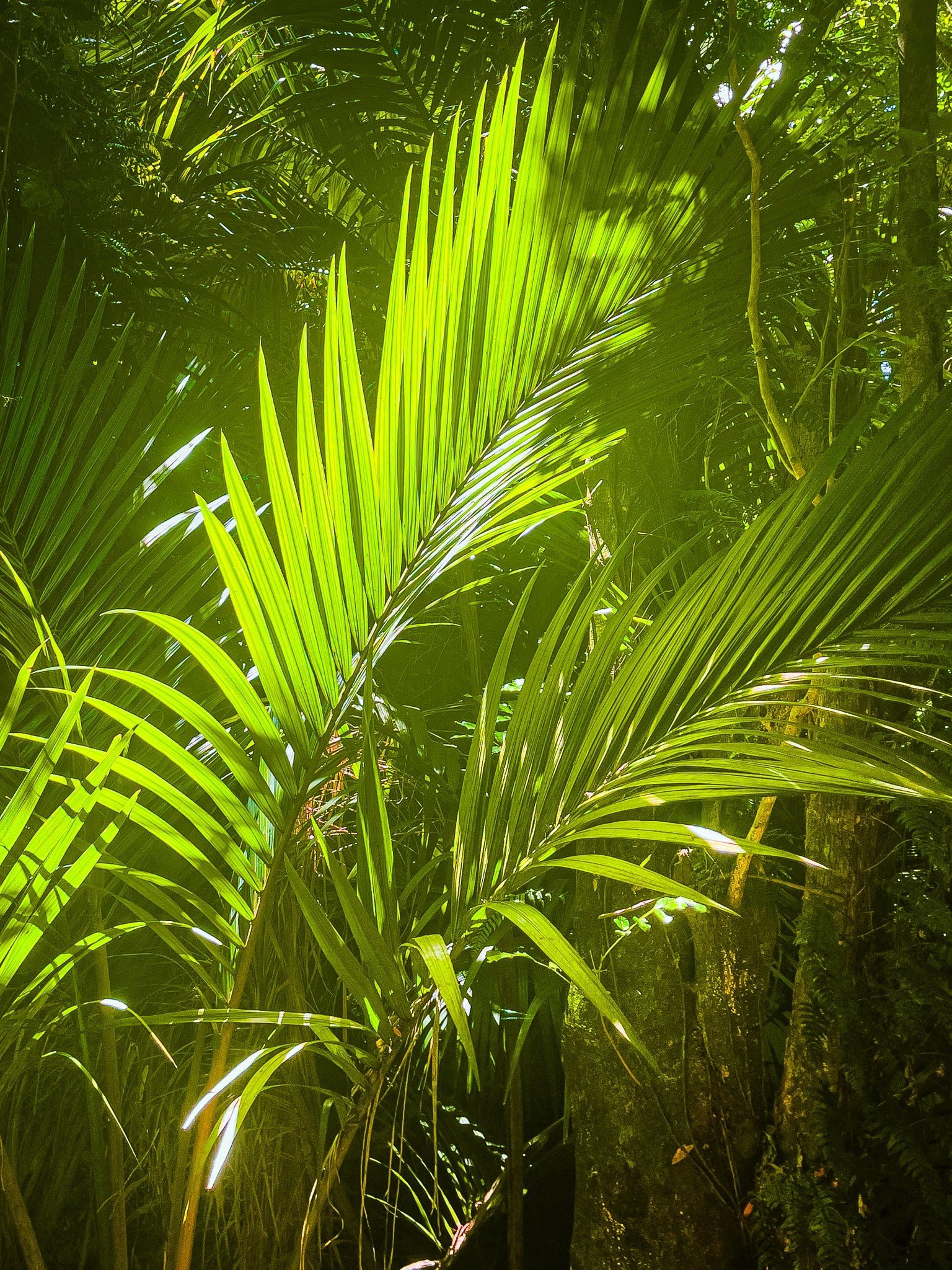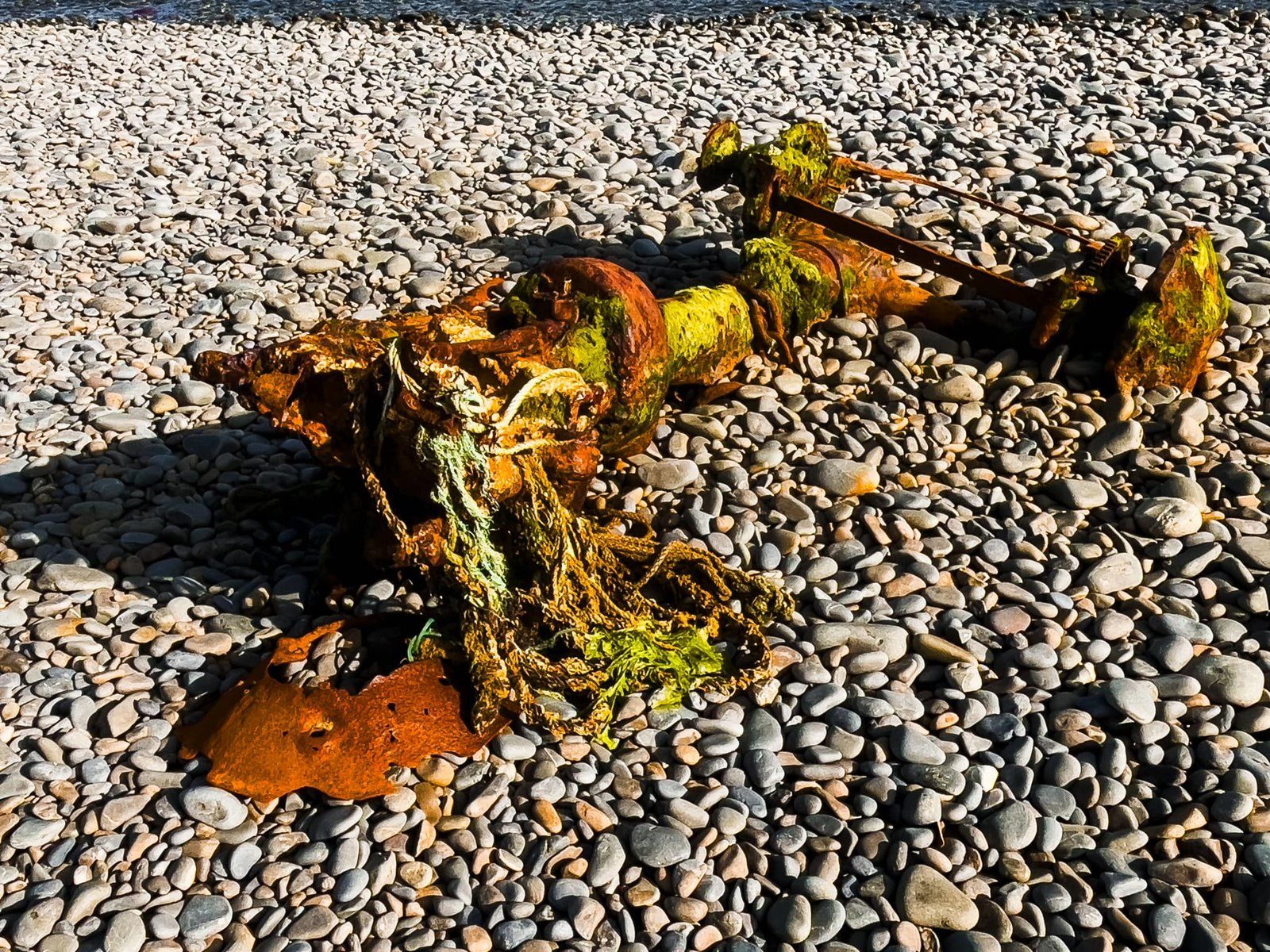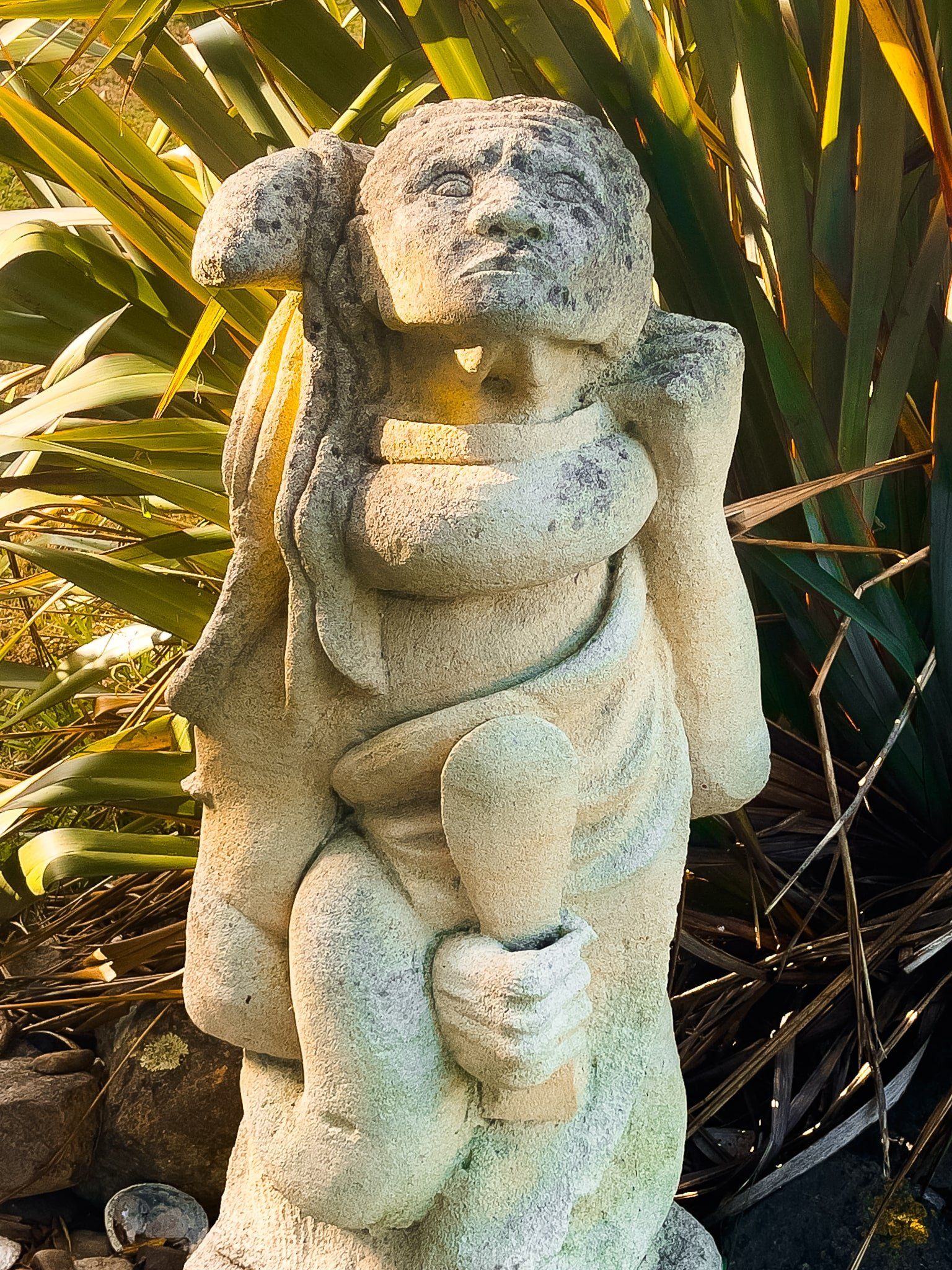Kāpiti Island is five km off the Kāpiti Coast, northwest of Wellington. It was originally part of the Tararua Range but has been long separated by a fault line, now the Rauoterangi Channel. The highest point is Tūteremoana at 521 metres. The west side is dominated by sheer cliffs, making for spectacular views from the peak. The island is mostly a DOC-administered conservation reserve, dating back to the late 1890s. But the northern tip is owned by descendants of Ngāti Toa, who operate Kāpiti Island Nature Tours and work with DOC to provide boat access, tours, and overnight accommodation next to the reserve. Today, the Island is one of the best bird sanctuaries in the country.
Take a day at Rangatira Bay or stay overnight at the lodge in Waiorua Bay. From Rangatira Bay, walk through regenerating forest on the Rangatira Loop, Trig and Wilkinson tracks to the peak Tūteremoana. Rare native birds have been successfully protected on the island for decades, and are generally easy to see. On our visit, they were more obvious around the lodge than in the forest.
The boat to the island leaves from Paraparaumu Beach near the corner of Kāpiti Road and Marine Parade. It is only a 20-minute boat ride but there is a biosecurity bag check before departure. The number of daily visitors is limited, so book in advance.
There is no wharf at either end. Instead, the boat is towed into the water by a tractor-trailer at Paraparaumu. It beaches at Rangatira Bay for the main walks and at the Waiorua Bay lodge for overnight drop-offs. The downside is that windy weather can affect the safe beaching of the boat.
The Island has a vibrant history that belies its tiny size. The early Polynesian explorer, Whātonga of waka Kurahaupō, divided Aotearoa into two around 1150. South of Kāpiti was given to his son Tara (Muaūpoko iwi) and north of this to his son Tautoki, (Rangitāne iwi). This is reflected in the full Māori name of Te Waewae-Kāpiti-o-Tara-rāua-ko-Rangitāne.
In the early 1800s, the Island was in the possession of Muaūpoko. However, Te Rauparaha of Ngāti Toa in the Kawhia region led his people 500 km south and captured the island in 1822. This protected Ngāti Toa from incessant wars with Waikato iwi and was strategically valuable in dealing with European whalers and traders. A key commodity was guns, exchanged for flax and whale station locations and support, for which Kāpiti was perfect. In 1824, a coalition of iwi with 2,000 warriors attempted to retake the Island and was defeated in the battle of Waiorua. This cemented the dominance of Te Rauparaha and Ngati Toa in the southern part of the North Island. By 1827, Te Rauparaha and his allies were attacking Ngāi Tahu in the South Island to gain control of the pounamu (greenstone) trade. They got at least as far as Akaroa before Ngāti Tahu in Otago had sufficient guns to fight back.
By the 1830s, Kāpiti Island had five whaling stations and around 2000 people were employed there. Then it all changed with the loss of gun dominance, Christianity, the Treaty of Waitangi, and the collapse of whaling in the 1840s. By 1850, the land was leased to European farmers and the ancient forest was largely logged. In the late 1890s, a wildlife reserve was created and the government became the sole legal purchaser of land on the island. Today, the Kāpiti Island Nature Reserve makes up most of the island and adjoins the Kāpiti Marine Reserve.
Rangatira Bay
Rangatira Bay, on the north side of Rangatira Point, is the main landing spot for a visit to Kāpiti Island and the location of the visitor shelter. It provides access to the two walking trails to the top of the Island, Tuteremoana, and a much easier loop through regenerating forest. Upon arrival, walk up the short track to the visitor shelter immediately in front of the beach drop off. You will have time to explore the beach after the main walks.
The beach itself is 400 metres long and a mixture of gravel and sand. It is reasonably sheltered on the east side of the Island and a safe place to swim. There will be driftwood and probably a few paua shells nearby. However, be aware that as a nature reserve, it is not permitted to remove any items.
An easy loop track also takes in the length of the beach and Rangatira Point.
Rangatira Loop Track
The Rangatira Loop Track starts at the Kāpiti Island visitor shelter at Rangatira Bay. This is an easy walking track of about one and a half km that only climbs about 80 metres. The track takes in some of the island’s history, with a whaling trypot near the visitor shelter and a historic whare (cottage). The whare was built in the 1870s and is the oldest surviving building on the Island. In 1906 it was repaired and then used by Richard Henry who was the pioneer of transferring endangered species to more remote islands. The loop is also a good place to take a very slow pace with a focus on bird watching.
Before you head out on the loop, a ranger/guide welcomes all visitors with an excellent introductory kōrero (talk) about the Island, and an explanation of island tikanga (etiquette) and the hikoi (walking) options. For a day trip, visitors get five and a half hours to complete the walks. This is plenty of time to walk the south side of the Rangitira Loop Track to connect with the Trig Track, hike up to the Wilkinson Track and have lunch on the peak, Tuteremoana. Come back down on the Wilkinson Track to reconnect with and complete the loop.
Trig Track
The Trig Track on Kāpiti Island starts at the north end of the Rangatira Loop track. It is the shortest, steepest way to the island’s peak. It is mostly a moderately rough tramping track and quite narrow in places. At two km long and a 370 metre climb, it is only recommended for fit people who are used to tramping tracks. Allow about an hour to get to the intersection with the easier but longer Wilkinson Track. From there it is only another 100-metre climb over 600 metres to the high point, Tuteremoana.
Highlights of the track are the still relatively young tawa trees and the hīhī feeder towards the top. Some benches allow you to wait quietly and patiently for the birds to turn up. Weka were also prominent around the track.
Note that you are only permitted to go up the Trig Track and have to go down on the Wilkinson Track. The surface was good on the day we did it, but it can be slippery when wet.
Tuteremoana
The Trig Track exits onto Tuteremoana, the peak of Kāpiti Island, at 521 metres high. It is a moderately sized flat area, well sheltered by high native bushes on the east side and chest-high shrubs on the west side. Several of the shrubs had tiny subtle flowers, typical of many native plants. There are also picnic tables and a viewing platform to climb.
It is a near-vertical drop on the west side of the peak, but the shrubs protect the edge. In any event, the views to the north and west are spectacular. For an all-around view back to the Kāpiti Coast, walk up the viewing tower.
Wilkinson Track
The Wilkinson Track runs from the north side of the Rangatira Loop Track to Tuteremoana, the peak of Kāpiti Island. It is a 500 metre climb through a mostly regenerating forest, over 3.8 km with several zig zags to reduce the overall slope. Consequently, it is longer than the alternative Trig Track for the first 400 metres of the climb, but not as steep. The track is also maintained to a higher standard, so better in wet conditions. Allow about 90 minutes or so to get to the intersection with the Trig Track, then about 15 minutes to the peak.
About a third of the way up, there is a picnic area and a hīhī feeder. It is worth the wait if you have time. At the lower levels, there are also some breaks in the forest with views back to Kāpiti Coast. Higher up, the forest is more like a rainforest, rich in lichens, moss and epiphytes.
If you have reasonable fitness, we recommend hiking up the Trig Track and coming down the Wilkinson. Note that hiking down the Trig track is not permitted.
Waiorua Bay
Kapiti Island Nature Tours runs a lodge, including meals, with various styles of accommodation at Waiorua Bay. This provides an overnight option on Kāpiti Island, with a night walk to find kiwi. Unfortunately, we did not see kiwi on this walk but the bird life around the lodge was extensive and easier to spot, without the trees. A weka and a kākā made an astonishing joint raid on our outdoor meal (we were too busy laughing to get a photo!).
The beach at Waiorua Bay is mostly stony. But as part of the nature reserve, it is scattered with paua shells. For the first time, we also found many beautiful nautilus squid shells on a beach. The squid can get stranded then the shells are quickly picked clean by seabirds. The nature reserve ban on removals makes them easy to find.
There are two other walks accessible from the bay. These are the Boulder Bank Loop around the Okupe Lagoon and northeast coast and the Okupe Valley Loop Track. The former is closed from October to March to protect nesting seabirds. The latter climbs to the top of the 200 metre cliffs at the northwest end of the Island.
Want more Kāpiti and Wellington Coast Trip Ideas?
Check out our blogs on the Kāpiti Coast Part 1 and Part 2, and the Wellington South Coast.





